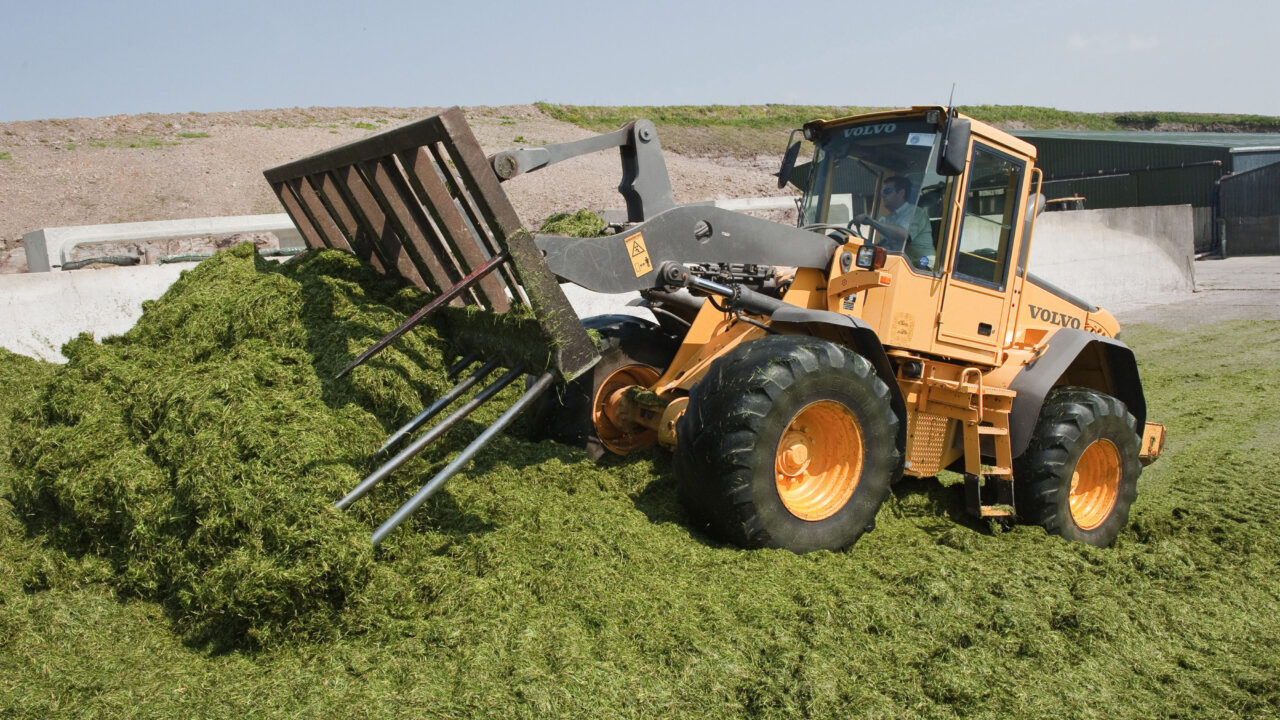Walking silage fields over the coming days is the essential prerequisite to making high quality winter forage, according to Teagasc.
The next job to be undertaken is that of booking the contractor in time.
But as Teagasc also points out, the production of high Dry Matter Digestibility (DMD) silage requires crops to be mown when seed heads start to emerge from the grass. If weather conditions are favourable then farmers should be prepared to harvest a few days early.
Prior to field work getting under way all pits should be suitably prepared, it says.
This includes the thorough cleaning out of silos and the completion of any required repairs in plenty of time. In addition all effluent channels should be cleaned and unblocked. The opportunity should be taken to empty effluent tanks at the same time.
Mindful of the inherent dangers associated with silage making, Teagasc is also strongly urging farmers and contractors to devise a relevant health and safety plan. Operator safety must be put as the number one priority throughout the entire silage making process.
Where harvesting of the crop is concerned Teagasc is recommending that mowing should only commence once weather conditions allow the complete harvesting and ensiling of the crop.
Grass sugar contents can be easily checked by a test that can be quickly undertaken by staff at most Teagasc offices.
Mowing should only be carried out after the dew has lifted.
It is easier to dry the dew off a standing crop than a mown crop. Wilting grass to above 25% DM will aid preservation, but there is no benefit to wilting above 30%, according to Teagasc.
Teagasc also says tedding gives the best results, from a wilting perspective, but opening the mower gates wide will also improve drying.
A wilt is required where sugar content is less than 2% and will help with preservation up to sugar contents of 3%.
A wilt is not required where the sugar content is above. It is also important to avoid soil contamination during silage harvesting operation, it says.
